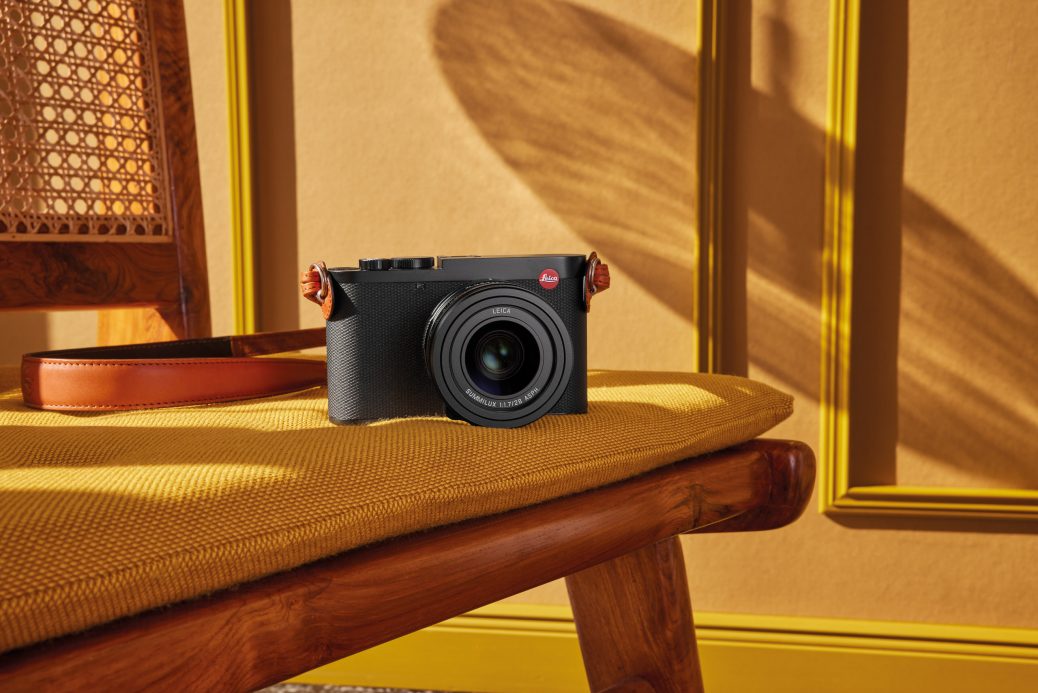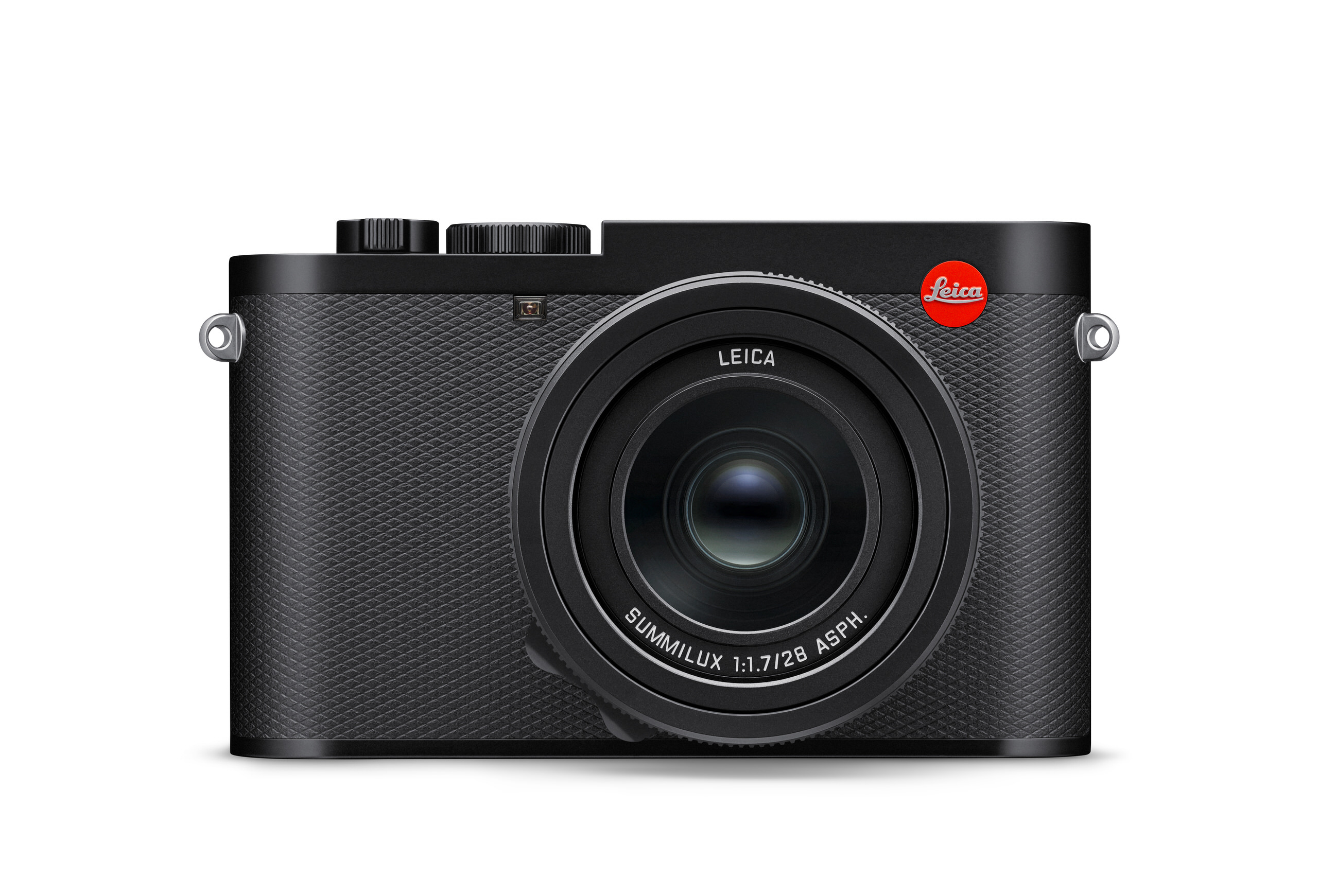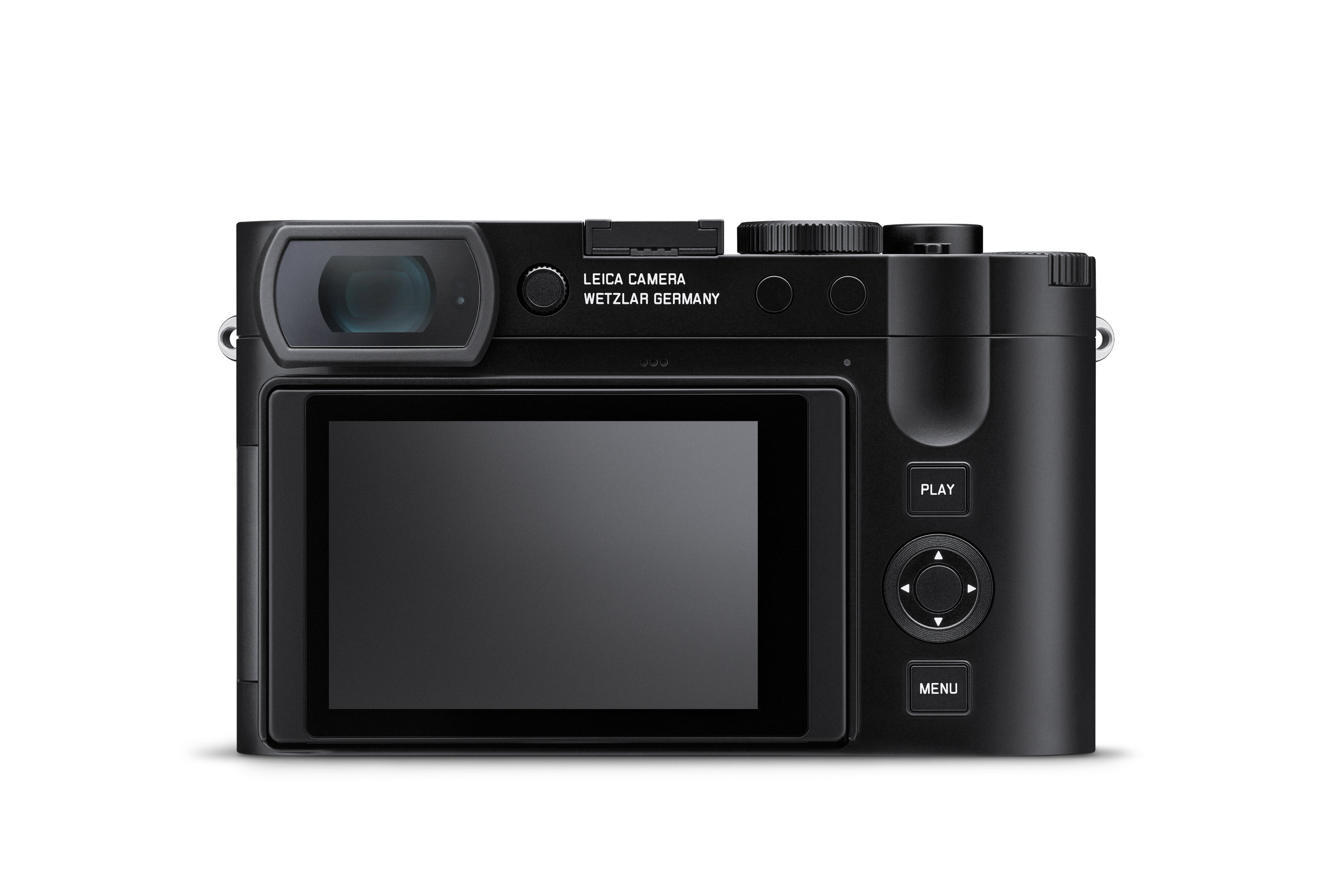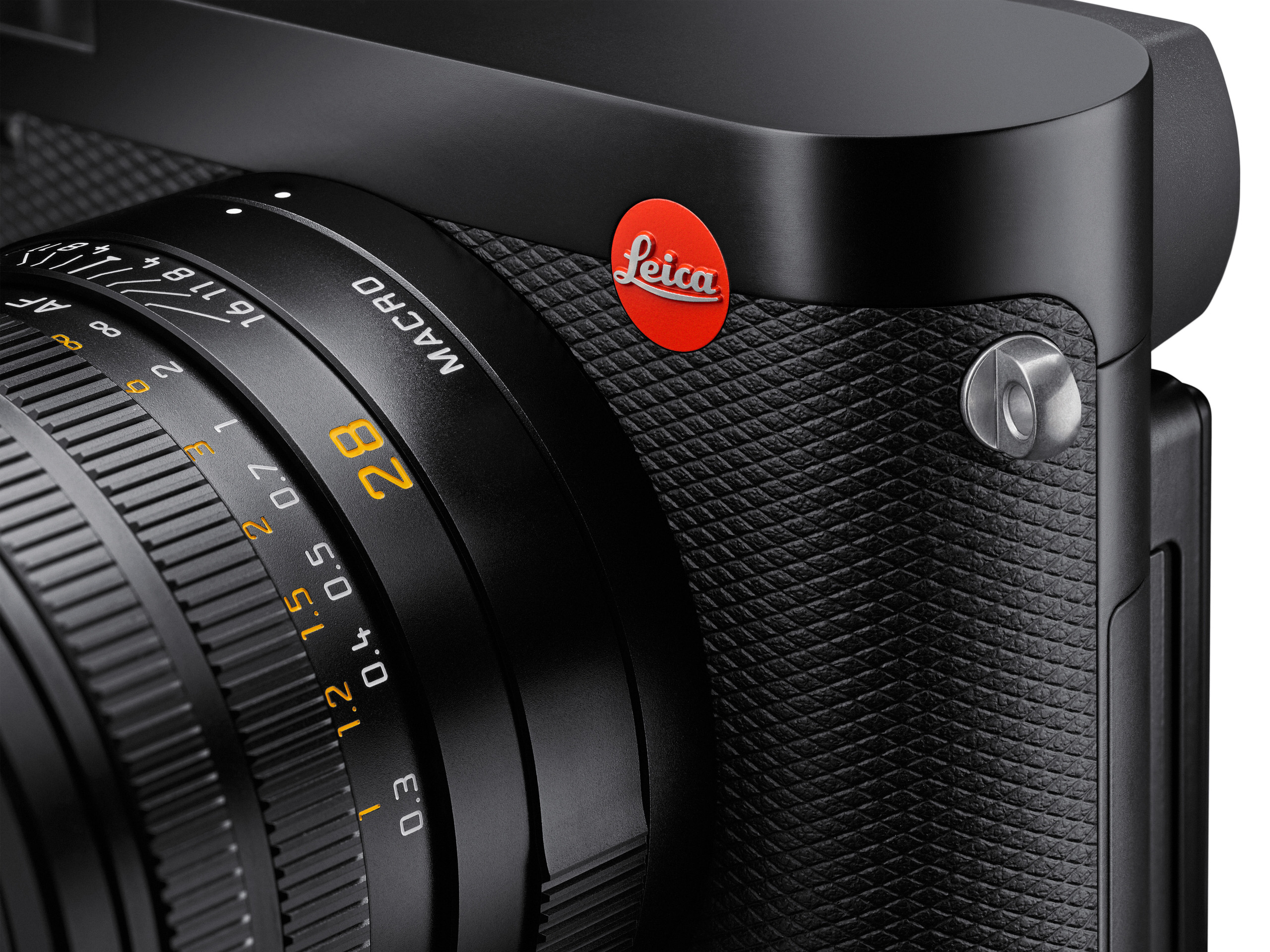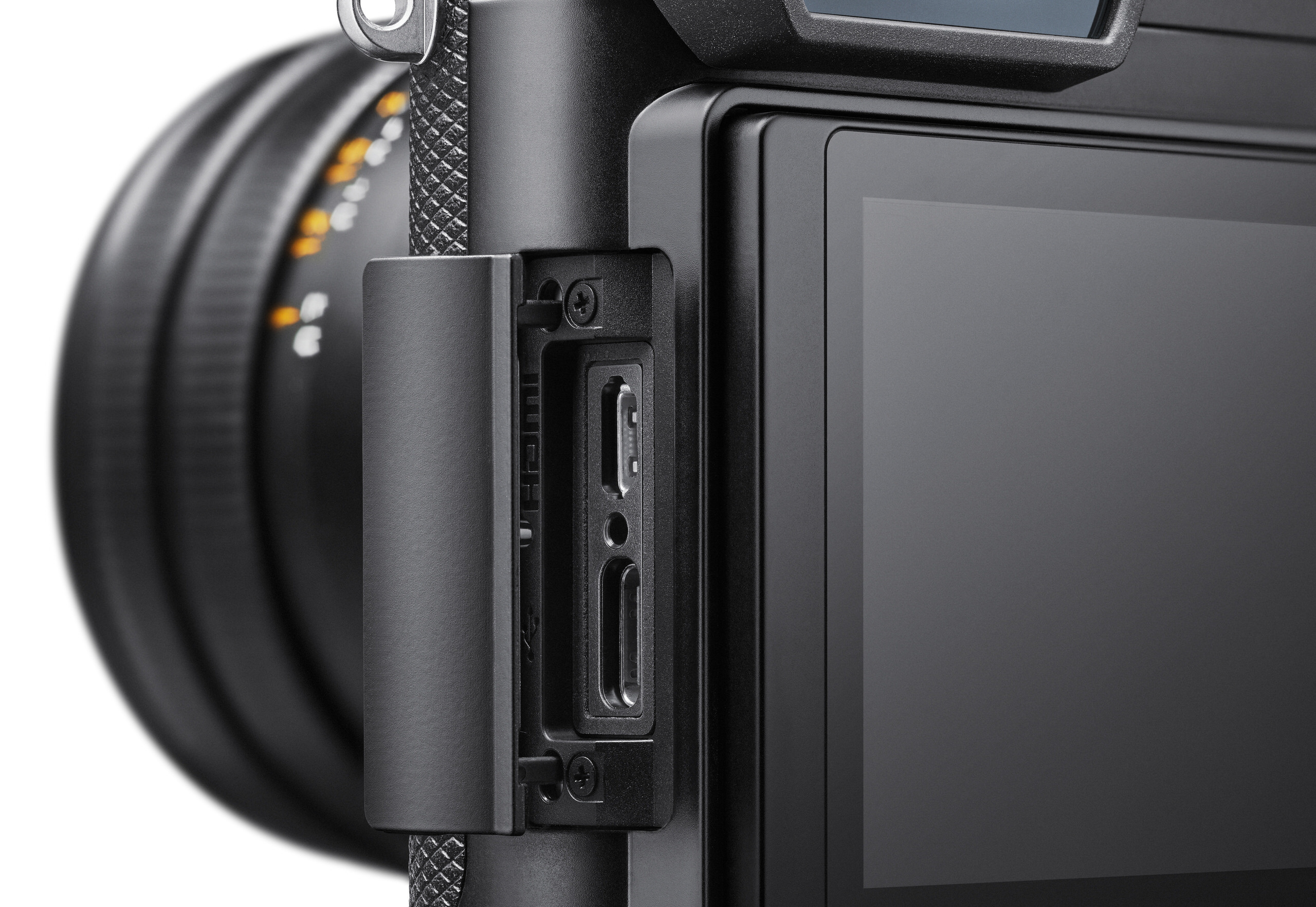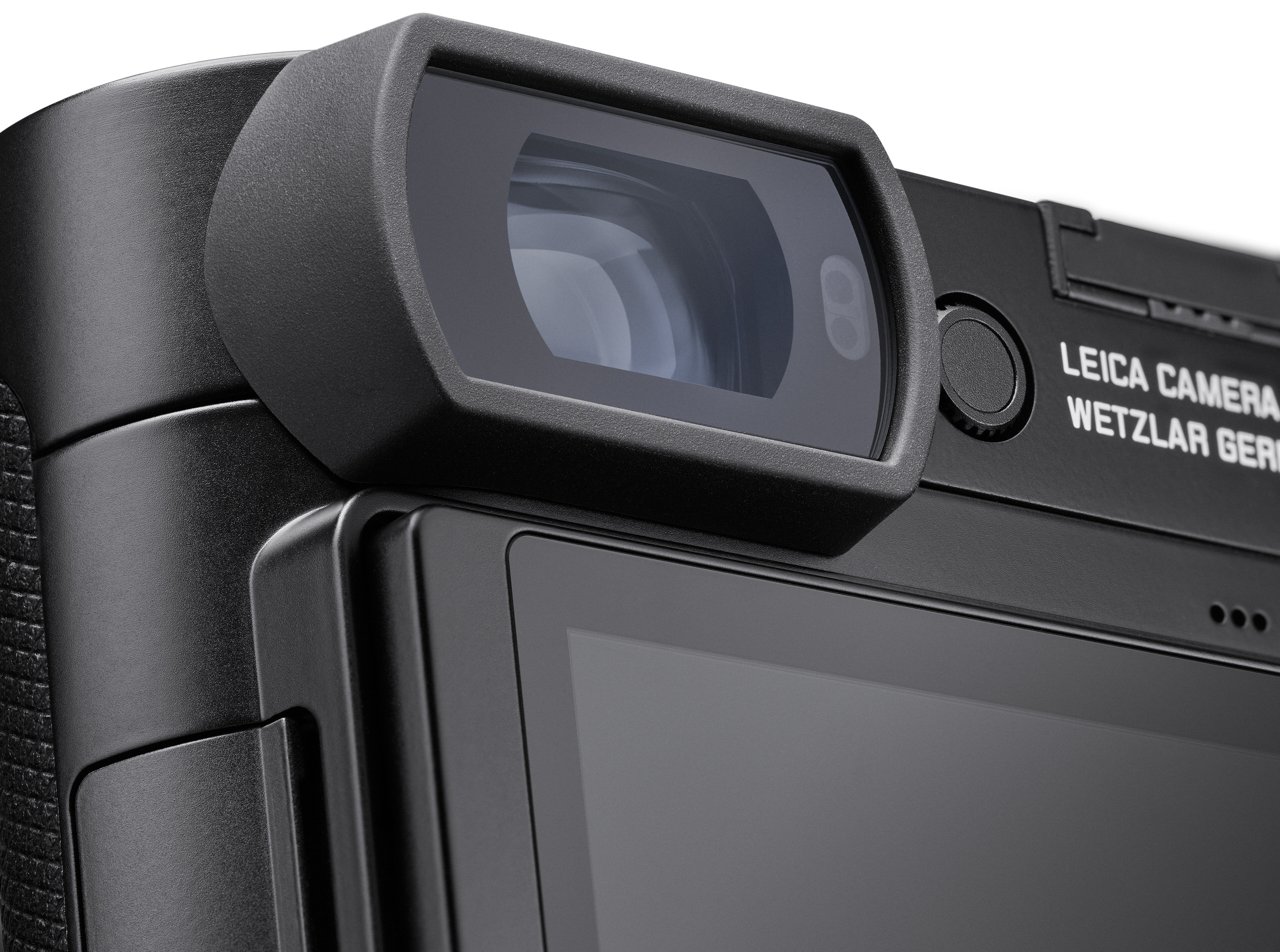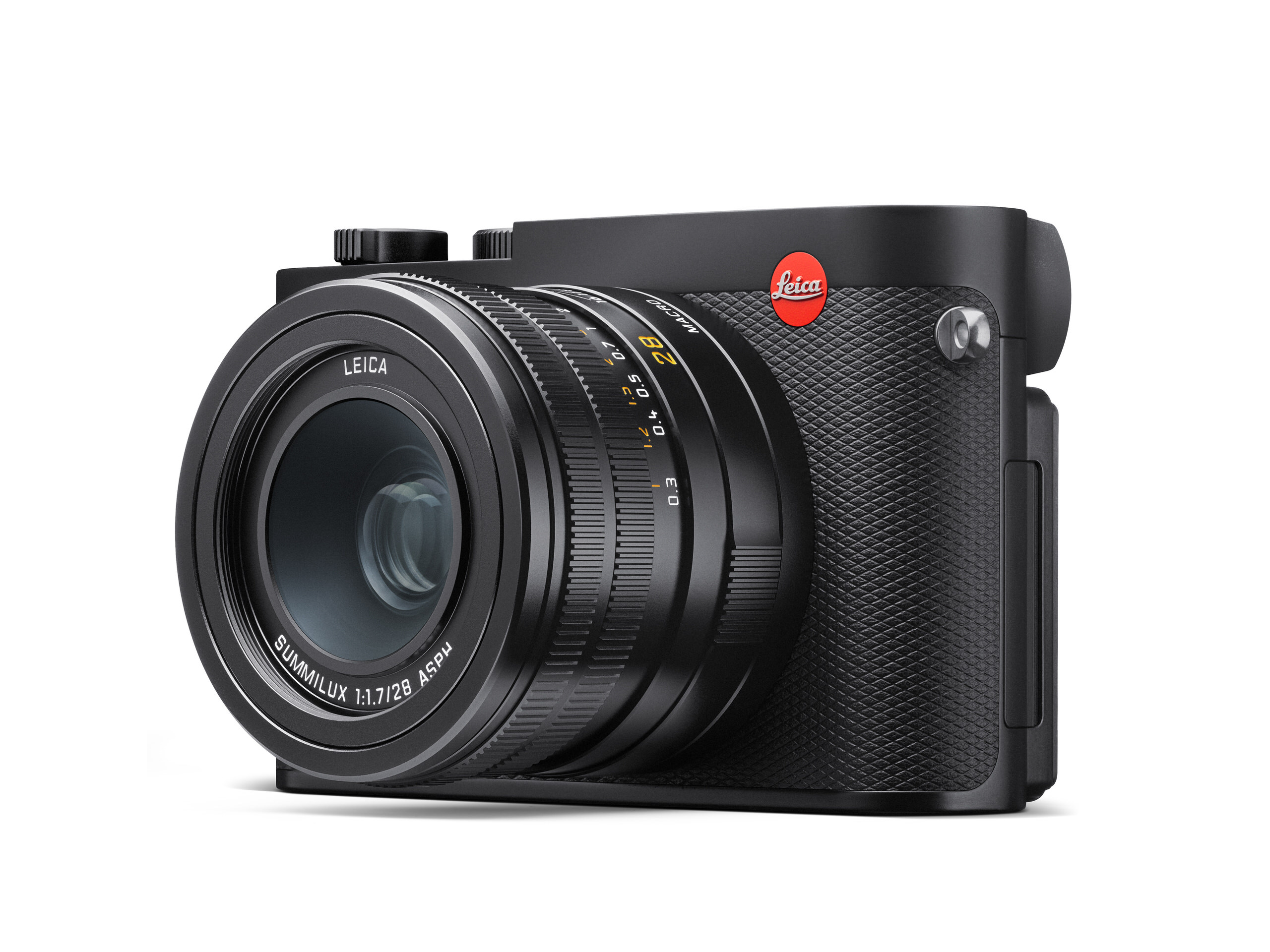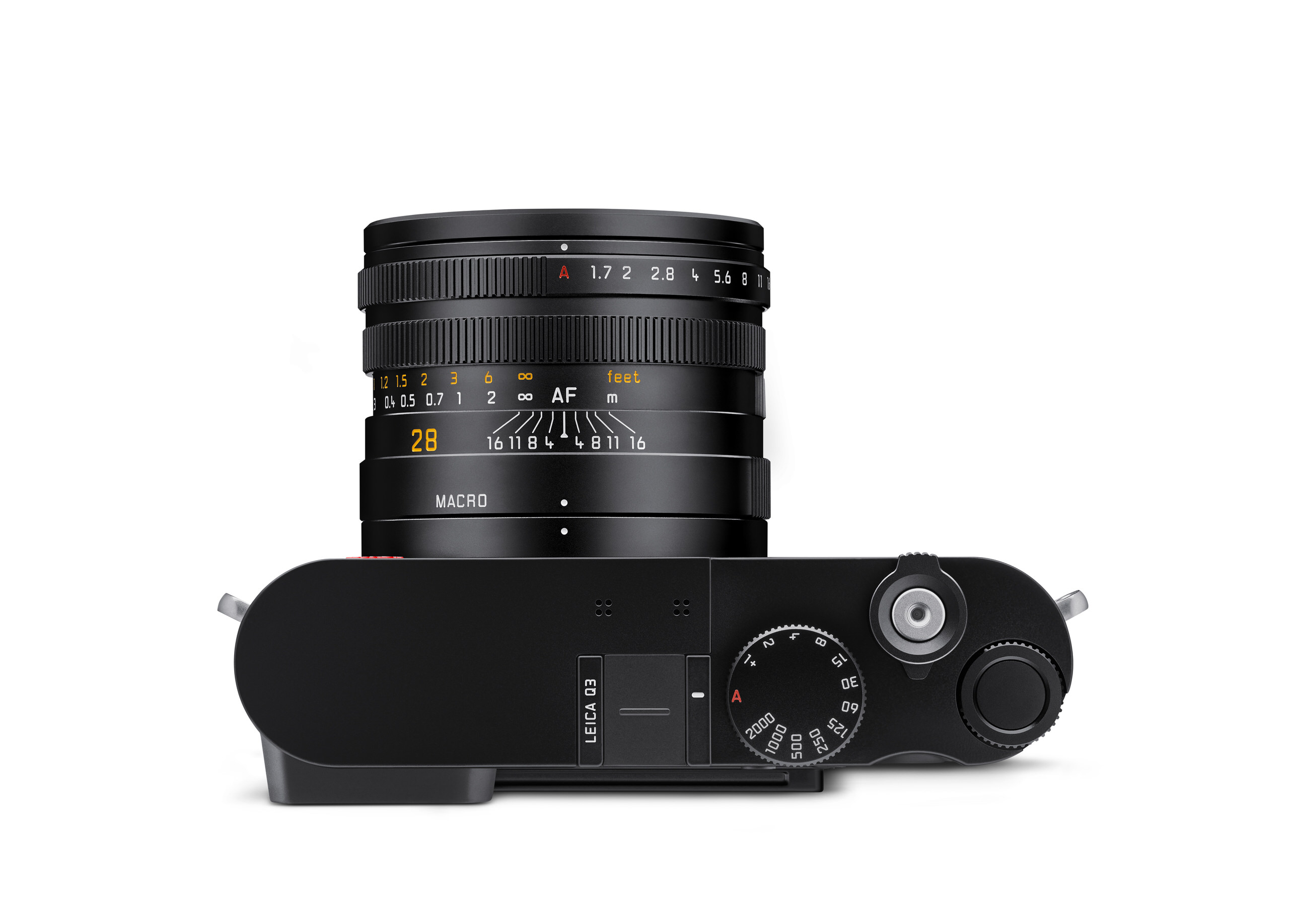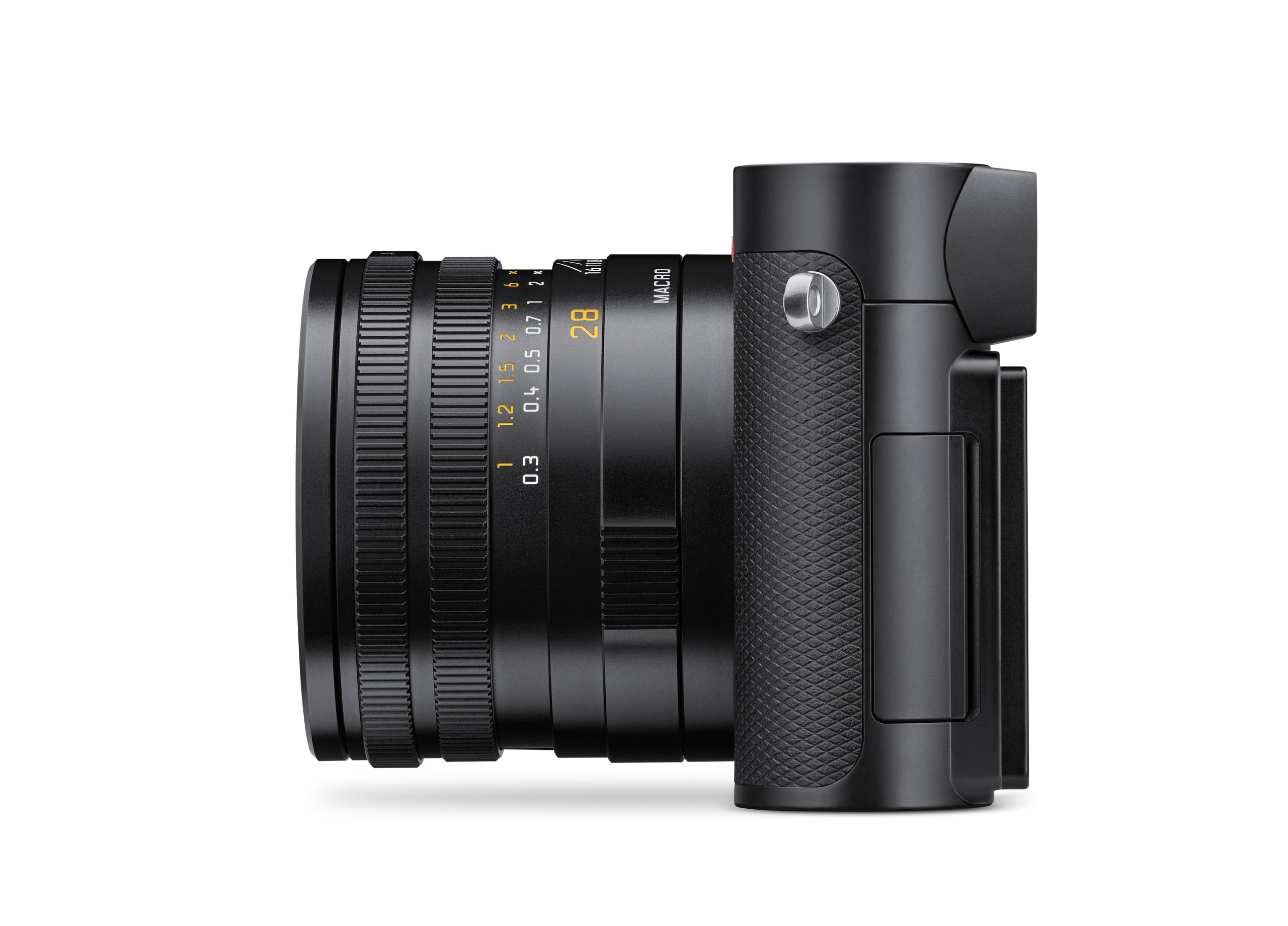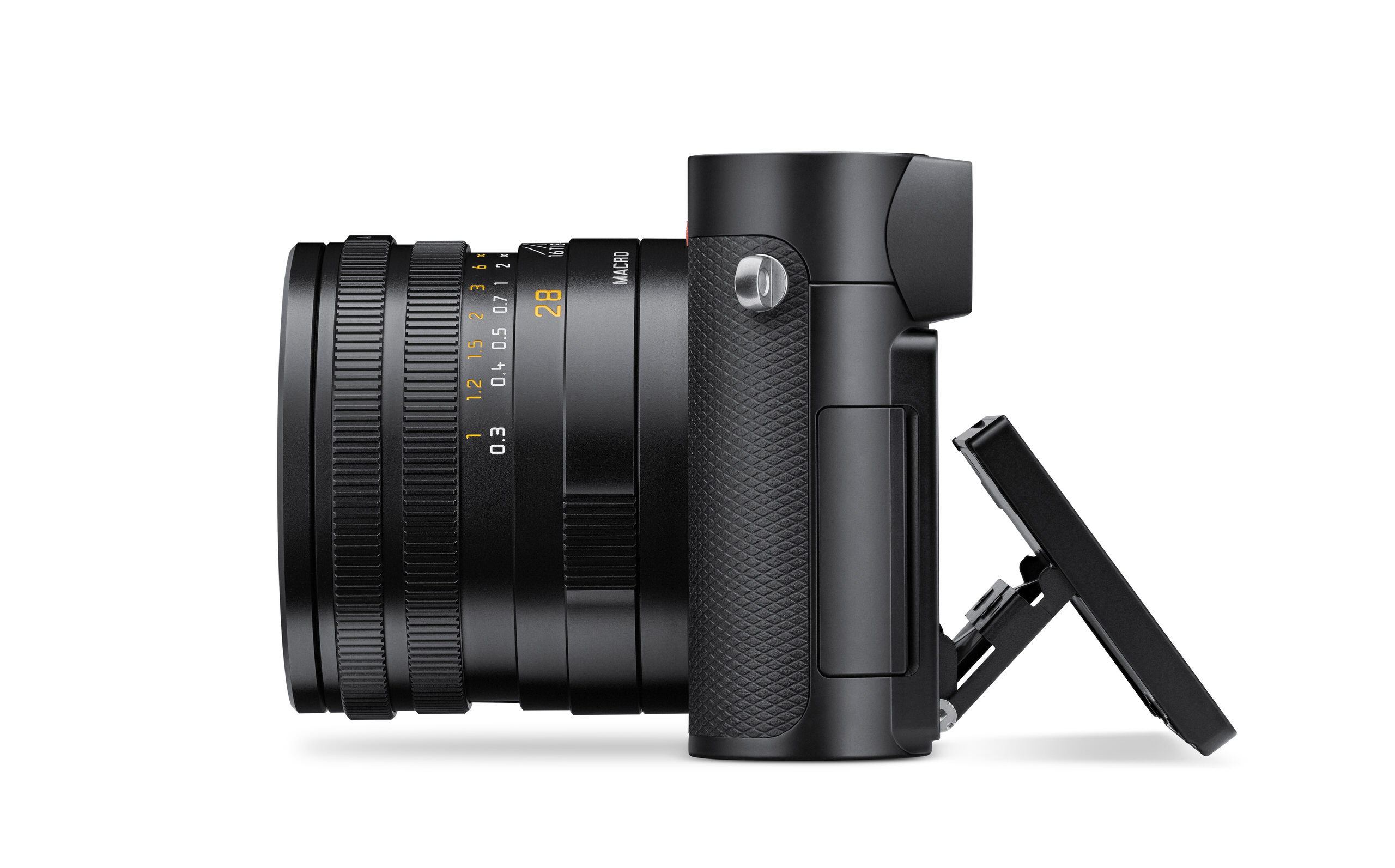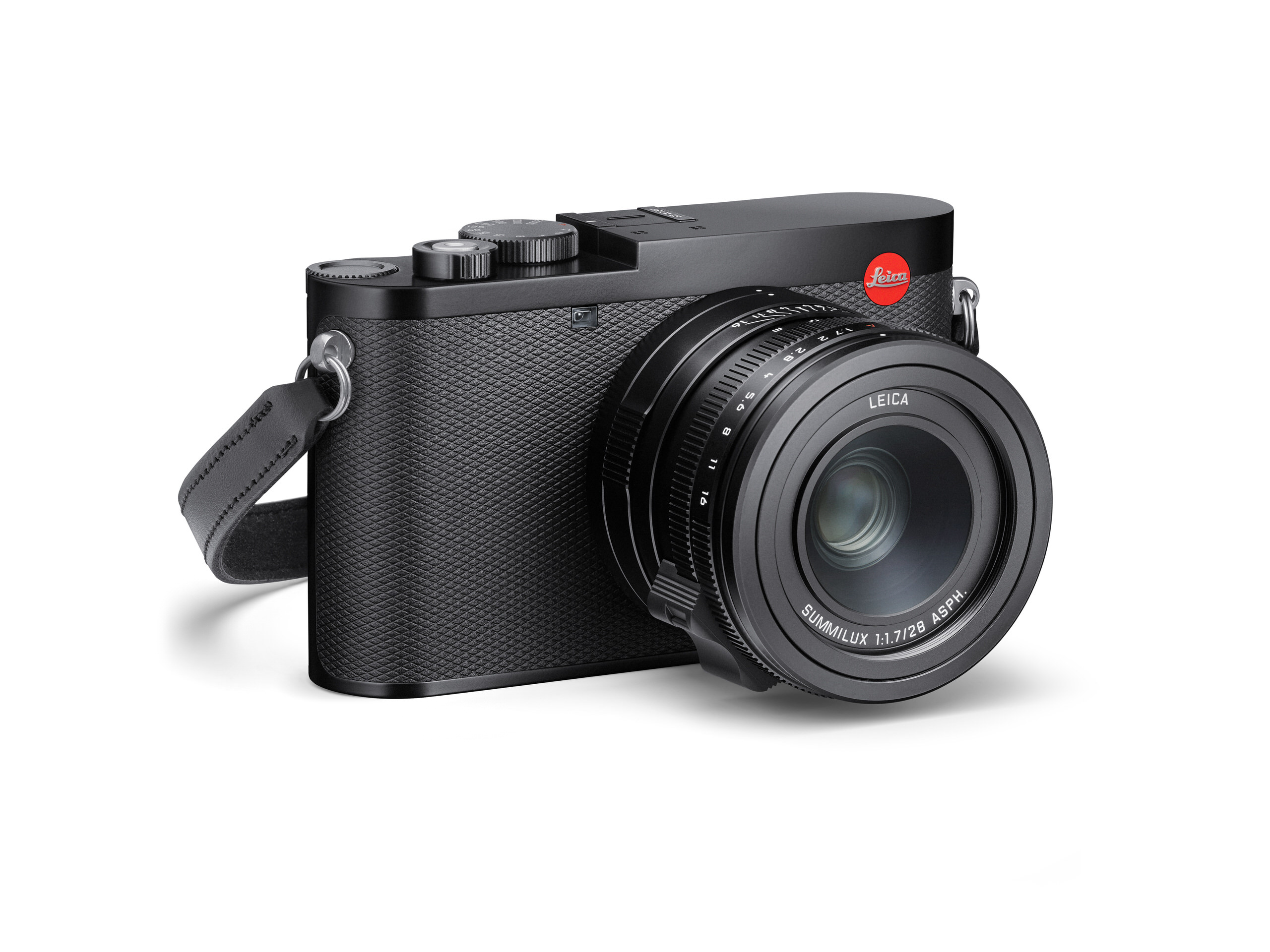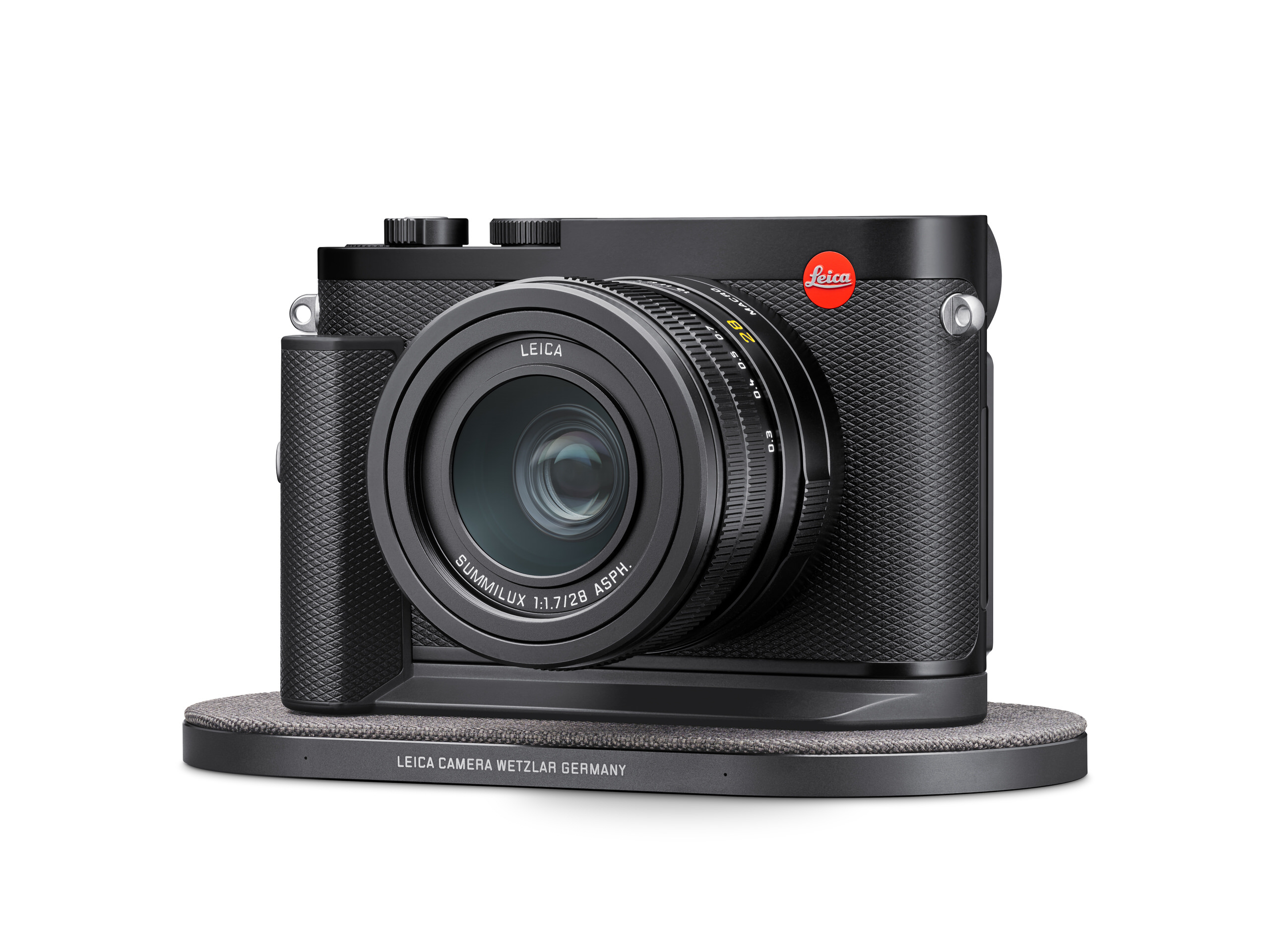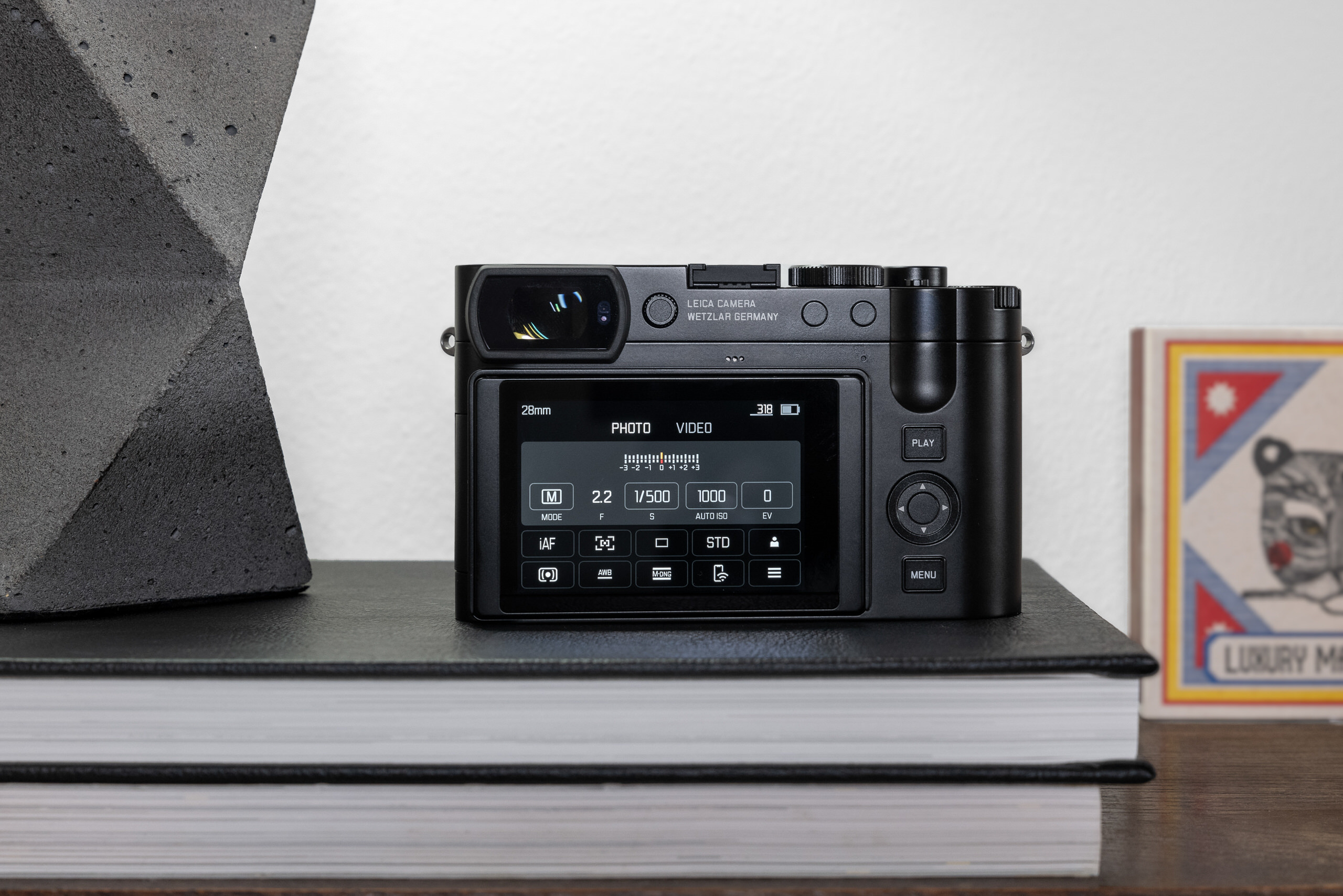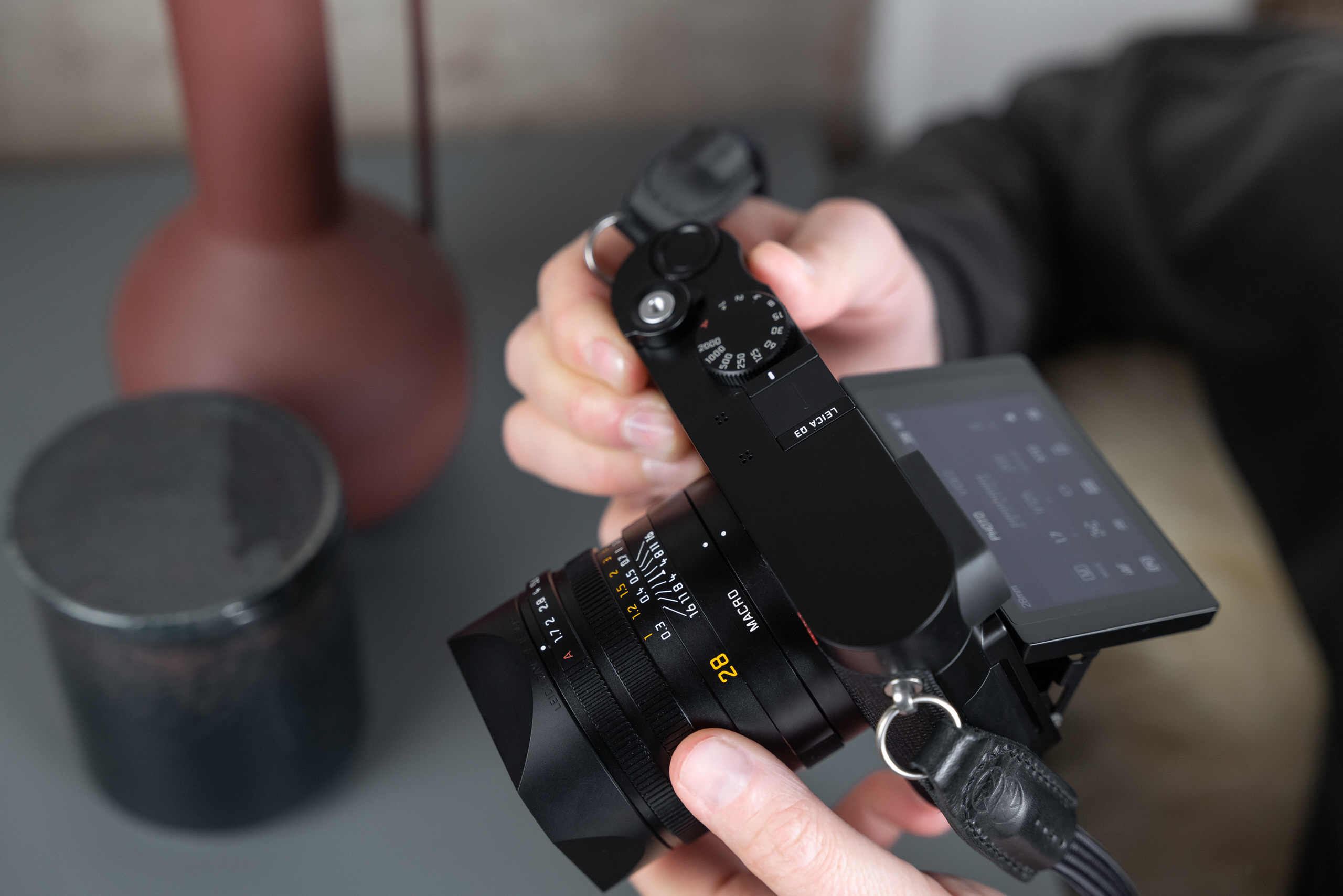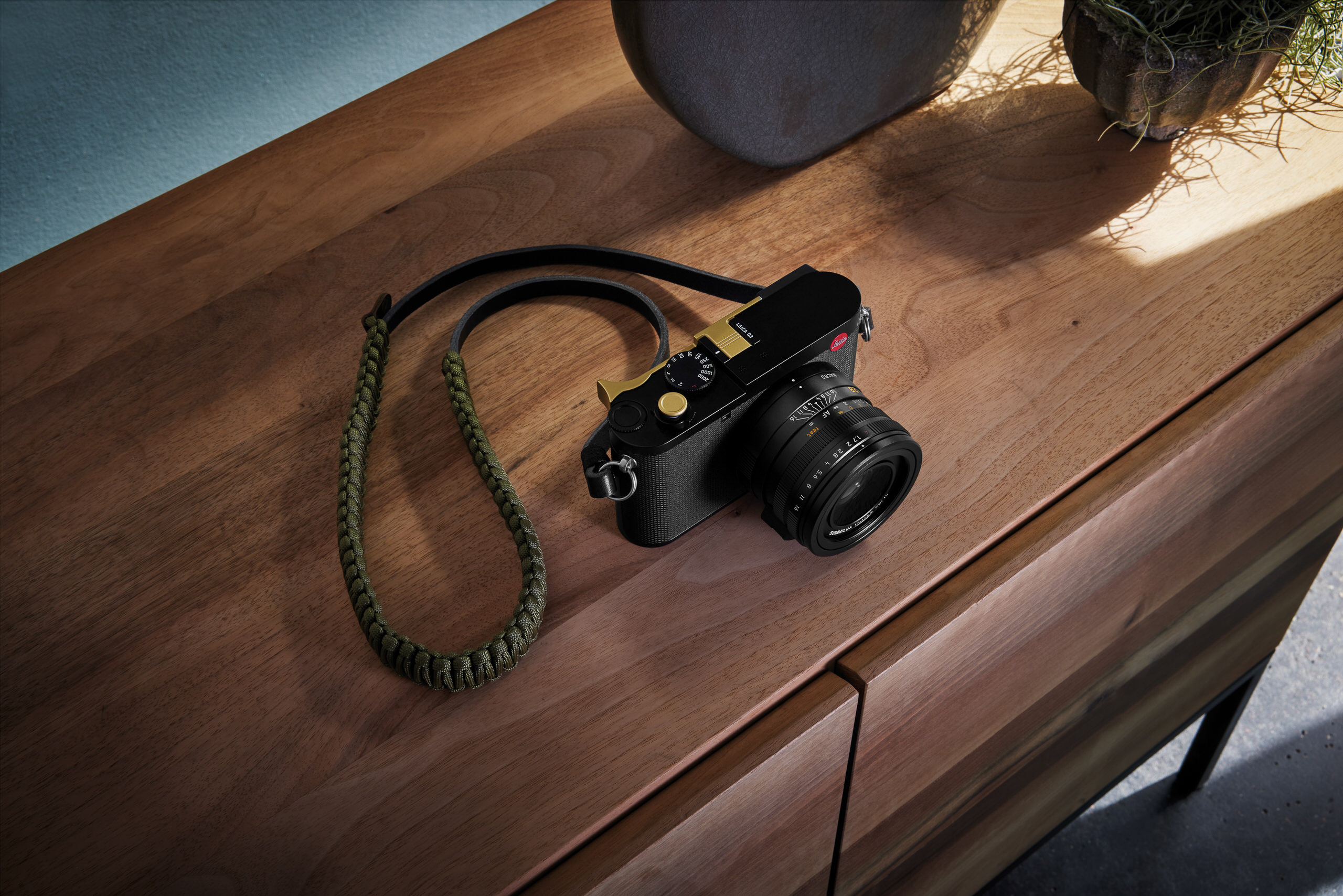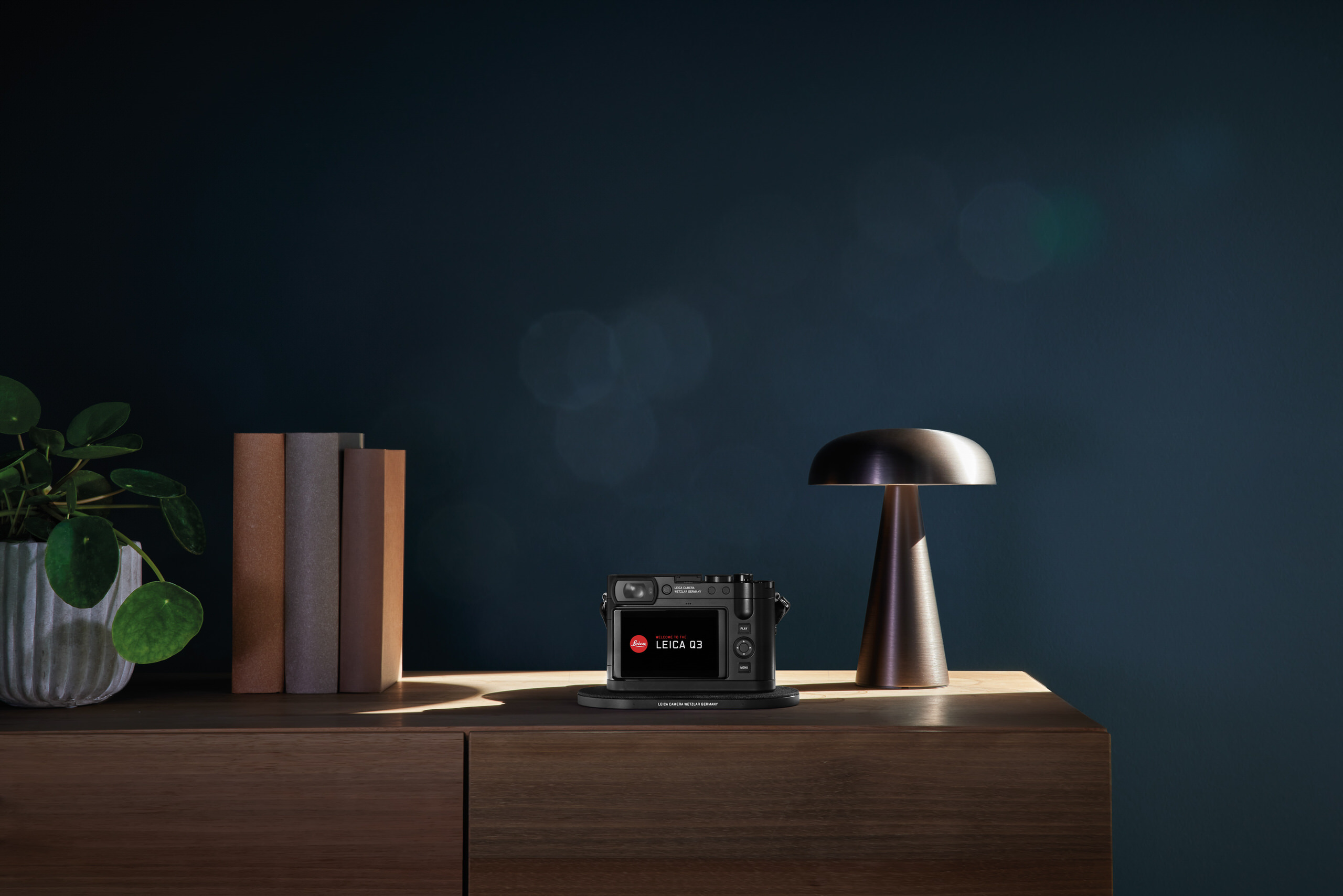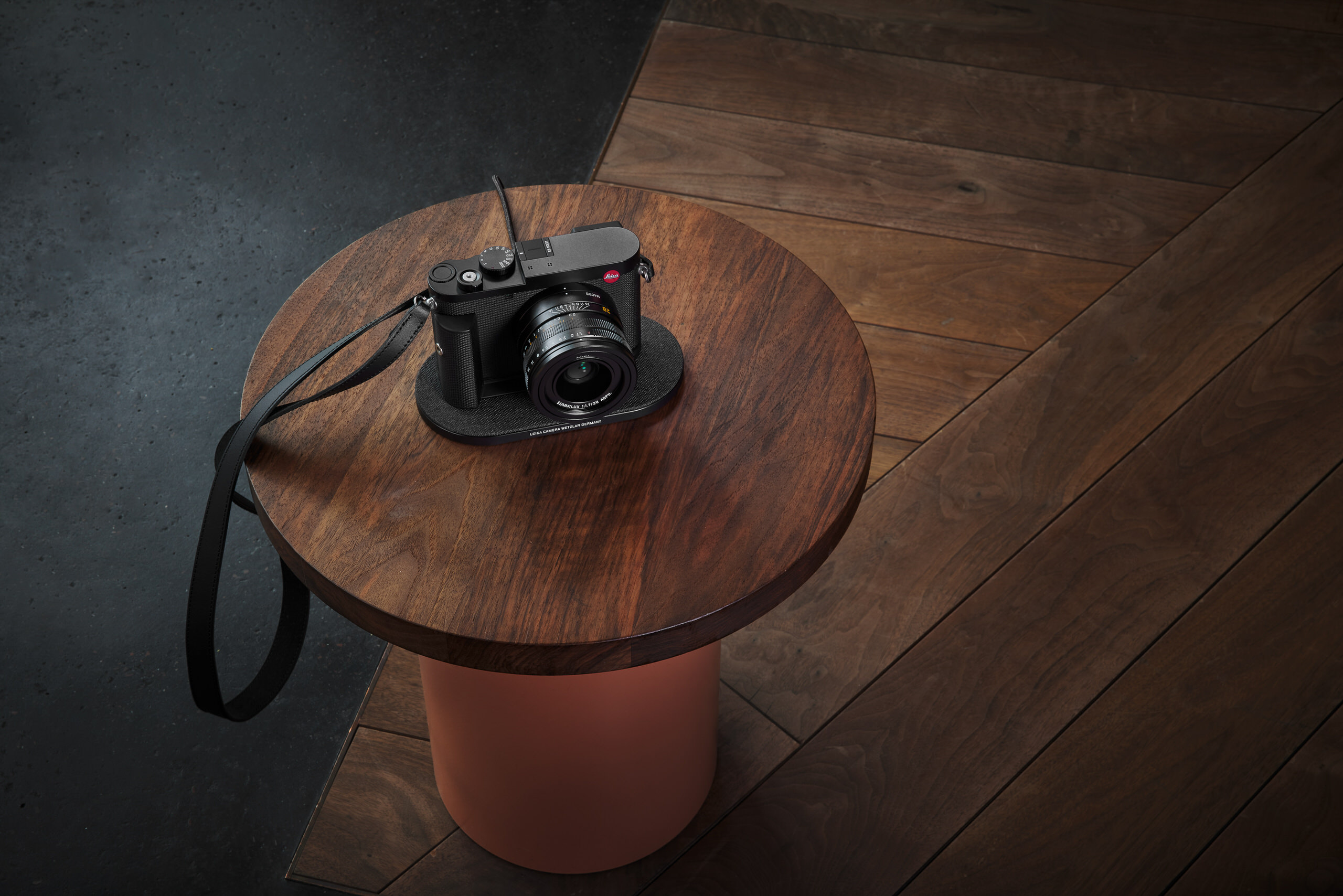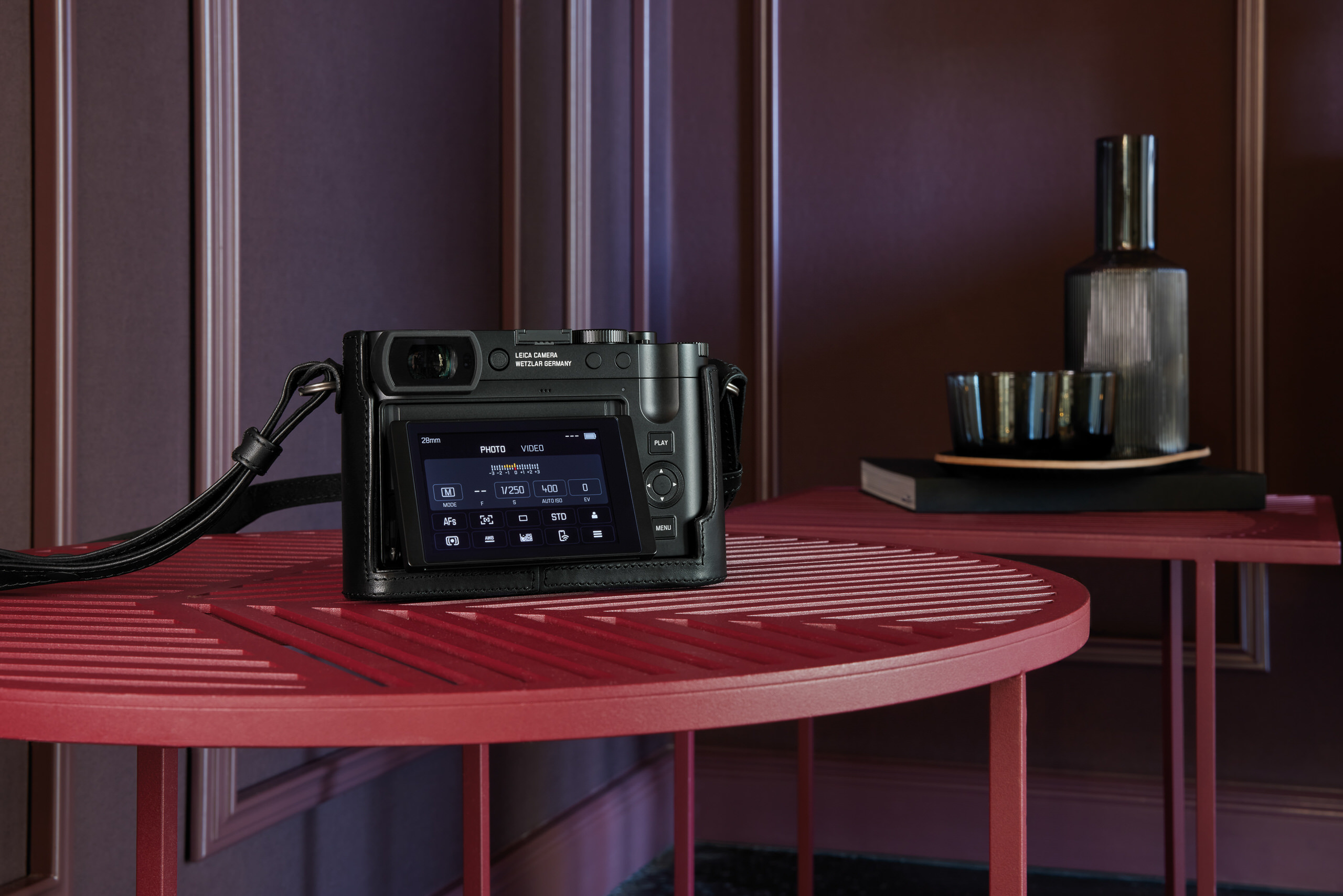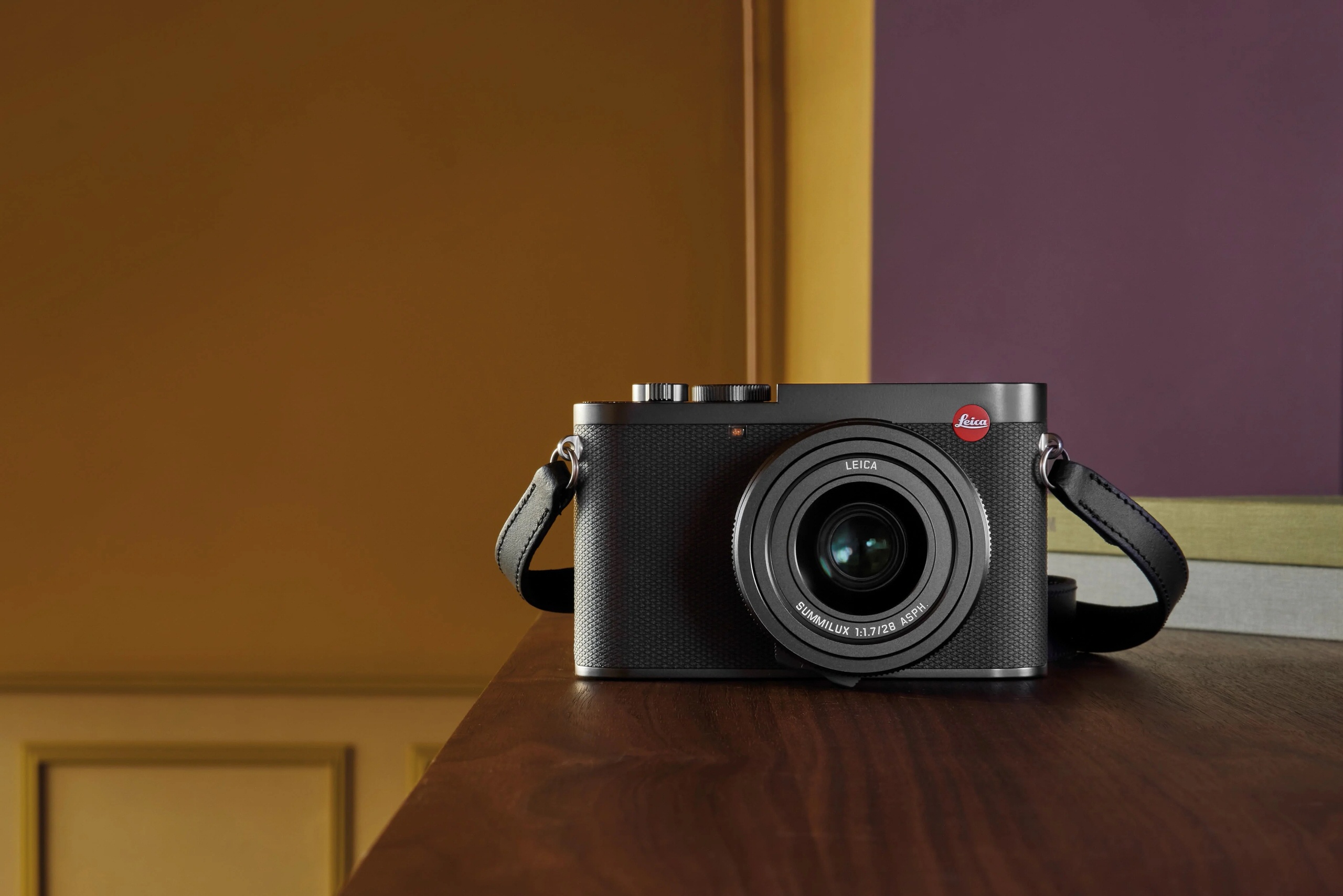Leica Q3 Is the Perfect Camera for Street Photography
Leica has unveiled the third-generation Leica Q all-in-one full-frame digital camera. The new Leica Q3 adheres to the principle of the popular Leica Q2 while also including some welcome and unique upgrades. The new model retains the same basic exterior appearance and the outstanding 28mm f/1.7 Summilux ASPH lens with macro mode. Still, it receives significant enhancements and a few UI tweaks beneath the hood.
Inside, a new 60-megapixel BSI CMOS sensor paired with a next-generation Maestro IV engine produces images with 14-stops of dynamic range, variable resolution DNG files, and expanded digital zoom options. The Q3 has a large 8GB of buffer memory and can produce bursts of up to 15 frames per second. The Live View experience is further enhanced by a new 5.76 million dot OLED EVF and a tiltable 1.84 million dot rear LCD touchscreen.
The autofocus mechanism is entirely new, with a hybrid technique that employs both contrast and phase detection, resulting in faster and more exact focus. For video consumers, the Q3 is the first camera in the Leica lineup to feature Cine8K recording and ProRes. The additional USB-C port permits in-camera charging and data transfer, while the HDMI connector allows for the use of external video recorders.
The Q3 now has an articulating back LCD, a significant departure for Leica. The screen tilts upwards and downwards, providing more versatility for off-angle filming. The screen is a valuable accessory, whether held overhead or near the ground. The LCD touch panel is also updated, sporting 1.84 million dots, a 76% increase over Q2.
A brand-new hybrid autofocus mechanism makes its debut on Q3. The AF is faster and more precise than ever, thanks to both traditional contrast and phase detection with 315 fields, depth mapping, and AI-driven subject recognition. Eye/Face/Body + Animal Detection performs admirably, ensuring good focus even on moving subjects.
The new built-in 5.76 million dot OLED EVF is just spectacular, with a 56% improvement in resolution. The viewfinder gives an SL2-level experience in a slightly smaller compact by being crisp, clear, and fluid. The EVF is one of the most noticeable advancements, with a 120fps refresh rate, substantial eye relief, and simple diopter adjustment.
The Leica Q3 now features a cutting-edge 60-megapixel BSI CMOS sensor, which is the highlight of the updates. This chip provides next-level image quality, with an ISO range of 50-100,000 and a dynamic range of 14 stops. And, assuming it’s anything like the one in the M11, expect improved low-light performance to go along with the higher resolution. This is made feasible through the use of BSI technology. The backside Illuminated sensors relocate the supporting electronics to the chip’s backside, allowing for much larger photosensitive surface area and shallower pixel wells, with no trade-offs compared to a lower-resolution classic design sensor with electronics in the top or middle substrate layers.
Leica has expanded the digital crop modes from 35mm to a 90mm equivalent as the pixel count has increased. While the resulting 6MP photographs at 90mm may lack pixels, the 39MP shots at 35mm are not. Even at 50mm equivalent, 19MP is pretty useable. If you utilize the crop modes, the on-screen review will show cropped photographs, but the DNG recorded to the SD card will still retain the uncropped, complete image off the sensor for subsequent tweaking.
The Q3, like its M cousin, now has triple-resolution technology. Choose L-DNG for full 60MP photos, M-DNG for 36MP images, and S-DNG for 18MP photographs. While lowering the sensor’s resolution will not improve low-light performance, it will cut file size and boost burst depth.
The next-generation bespoke Maestro IV processor, which makes its debut, packs a lot of punch. Despite the resolution increase, the Q3 boosts the Q2’s already-decent 10 fps maximum burst rate to a blistering 15 fps. With an 8GB buffer capacity, expect burst depths ranging from 63 images at full bore to 164 shots when shooting at a more modest 2 fps. No matter how you shoot, you’ll never have to wait for the camera to keep up.
The Leica Q3 is the first in the family to capture 8K video, thanks to a powerful new processor and BSI sensor. Not only the normal 16:9 8K. The Q3 can shoot in the more cinematic 17:9 Cine8K 10-bit format. For those unfamiliar with video standards, this implies that the tiny Q3 can capture a stunning 35 megapixels at 30 frames per second. If 8K is too much for you, the camera supports C4K at 60fps and FullHD at 120fps. In addition to being limited to FullHD, the Q3 is the first Leica to record internally using ProRes 422HQ.
Leica has increased the number of configurable function buttons from two to four. Aside from the one in the center of the D-Pad, there are two more at the top rear and one in the center of the top thumb dial. As with all previous Leica models, a long press on any of these buttons allows you to set the function with a quick push activating it. While the arrangement will take some time, the Q3 allows for one-handed operation, with all buttons falling beneath your right thumb. A threaded shutter release is also included, allowing you to personalize your Q3 with various soft releases, just like an M.
The Q3 restores physical links to the Q System. An HDMI (Type-D) port allows you to record video to an external recorder or capture devices, such as using the Q3 as a B/C cam in the studio, a lightweight gimbal-mount camera, or even simply a really beautiful webcam for Zoom conversations. Similarly to the M11, the USB-C port enables for on-the-go charging with a portable power bank, utilizing the camera as a second charger when traveling or downloading photographs to a computer or Apple mobile device. Transferring photographs to an iPhone or iPad with the Leica FOTOS app is quick and simple, thanks to the included certified MFi USB-C to Lightning connector. Alternatively, connect to a computer using a regular USB 3.1 Gen 2 connection, either in PTP mode for tethered shooting or in Mass Storage mode to copy files directly to Windows or Mac.
The Q3 offers 10x better wireless speeds thanks to MIMO beam-forming technology. Whereas DNG files from Q2 could take 20 seconds or more to transfer, even larger images from Q3 took only two seconds. In addition to charging through USB-C, the Q3’s optional handgrip accessory allows the camera to be charged wirelessly on a Qi inductive charging mat. The Q3 was designed with convenience in mind, and it can be placed on its charging mat to ensure that it is always fully charged and ready for use.
The newly launched BP-DC6 has 2200mAh on tap for the increased performance of the Q3. It has the same physical dimensions as the BP-DC4 used in Q2 and SL2. The camera is still backward compatible with the previous 1860mAh battery, but the battery life is reduced, and video features are limited to 4K. The larger capacity BP-DC6 is compatible with the Q2, SL2, SL2-S, and SL601.
Initial deliveries of the Leica Q3 will start within the next week for $5,995. As with any major Leica camera launch, supply will be extremely limited for a number of months.
More info on Leica’s website.

